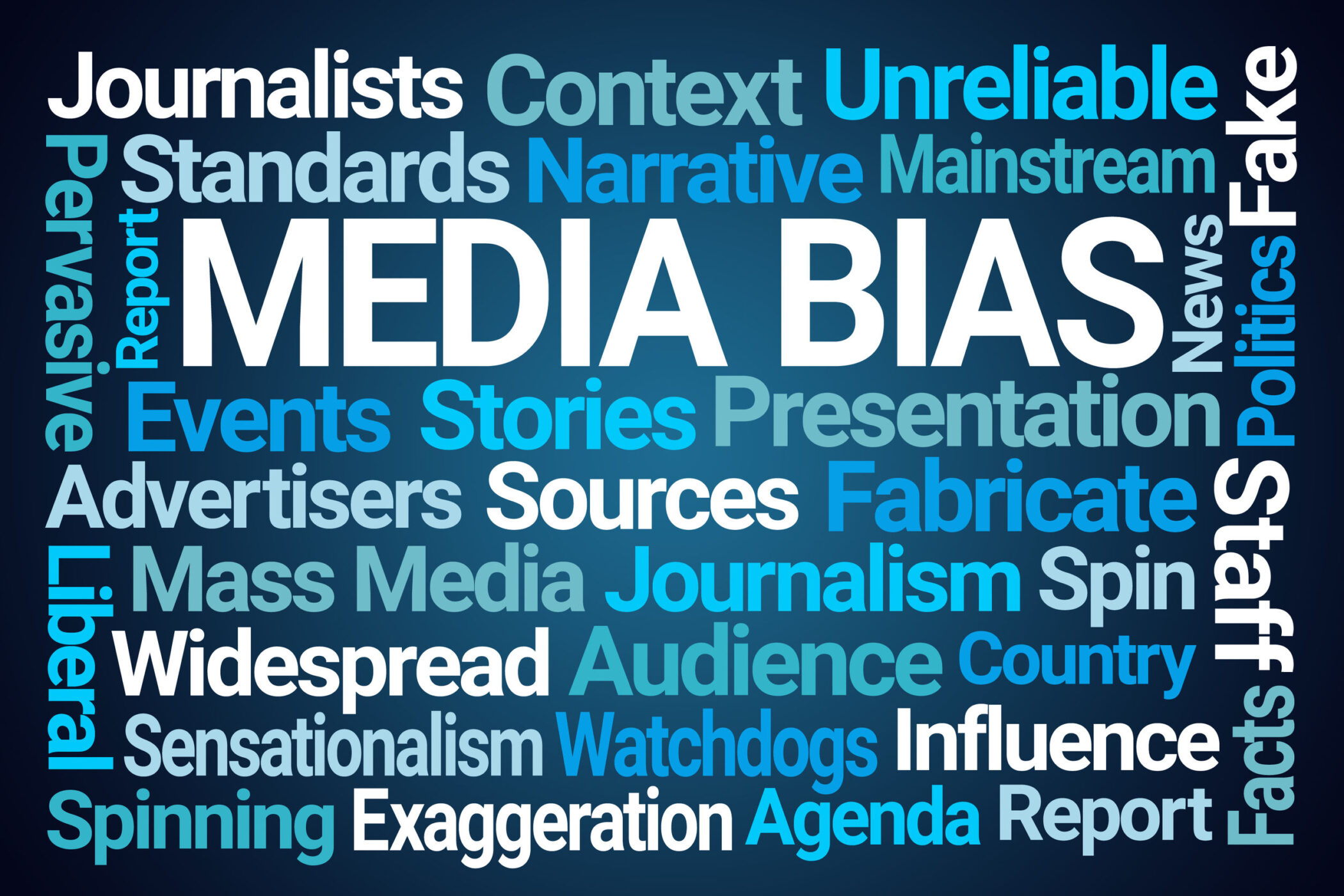According to Lt. Col. Jarred Prier USAF, writing in Strategic Studies Quarterly, “Russian trolls seemed to target multiple groups to generate anger and create chaos,” no place more effectively than on the University of Missouri campus in the fall of 2015.
As Prier relates, on November 11 #PrayforMizzou began trending on Twitter. Although the hashtag appears to have emerged organically, the fake news that the KKK was marching through Columbia and the Mizzou campus intensified interest. One Twitter user, “Jermaine,” warned that “cops are marching with the KKK! They beat up my little brother! Watch out!”
Jermaine’s tweet, including a picture of a badly bruised black child, was retweeted hundreds of times. “Jermaine” and a handful of other Twitter users, some presumably real, chastised the media for “not covering the racists creating havoc on campus.”

Prier estimates there were 70 Russian “bots” involved in disseminating the message, including “Jermaine,” but “real people” helped swell the retweets into the thousands. “The plot was smoothly executed and evaded the algorithms Twitter designed to catch bot tweeting,” writes Prier. A quick Google search, however, revealed that the photo of the bruised child came from Cleveland and had nothing to do with the university. “The image and the narrative were part of a larger plot to spread fear and distrust,” writes Prier. “It worked.”
Among those caught up in the plot was the student body president, who was gay, black, and deeply involved in the protests. He tweeted out a warning to his followers to lock their doors and stay off the street because “KKK members were confirmed on campus.” As Prier notes, the media fell almost as hard as the student body president.

“National news networks broke their coverage to get a local feed from camera crews roaming Columbia and the campus looking for signs of violence,” he reports. “As journalists continued to search for signs of Klan members, anchors read tweets describing shootings, stabbings, and cross burnings. In the end, the stories were all false.”
For Prier, the Mizzou incident is just one incident out of many worldwide that he highlights. It is not the focus of his study. Left unsaid is how the mainstream media helped prepare the ground in Missouri for the Russian bots by their relentless misreporting of racial incidents around the country and particularly the August 2014 shooting in Ferguson of “gentle giant” Michael Brown.
In fact, Russians have been attempting to stir up racial and ethnic unrest in the United States for nearly a century beginning with the Sacco and Vanzetti case in 1920’s. At almost every step, the media have been there to aid and abet them.
A useful primer on this phenomenon is the book, “The Sword and the Shield,” by Christopher Andrew and Vasili Mitrokhin, the senior archivist for the KGB. For years, a disillusioned Mitrokhin made detailed copies of many of the KGB files. One KGB strategy that he exposed was the effort “to weaken the internal cohesion of the United States and undermine its international reputation by inciting race hatred.”
In 1971, according to the authors, KGB chairman Yuri Andropov launched a series of “active measures” designed to “stir up racial tensions in the United States.” A common practice was to send “forged letters” to black individuals or organizations and attribute them to the Klan or the John Birch Society or the Jewish Defense League. These measures became part of the KGB’s “stock-in-trade” for the remainder of the Cold War.
Apparently, the Russians are still at it, and the media continue to enable them by showering attention on victimization stories, often without even the faintest attempt at verification.



